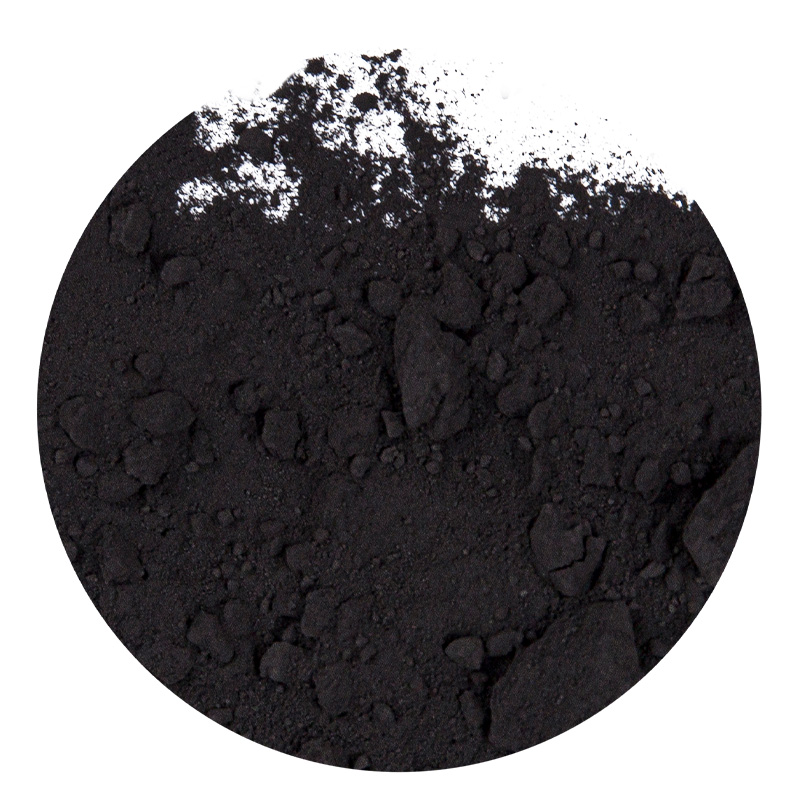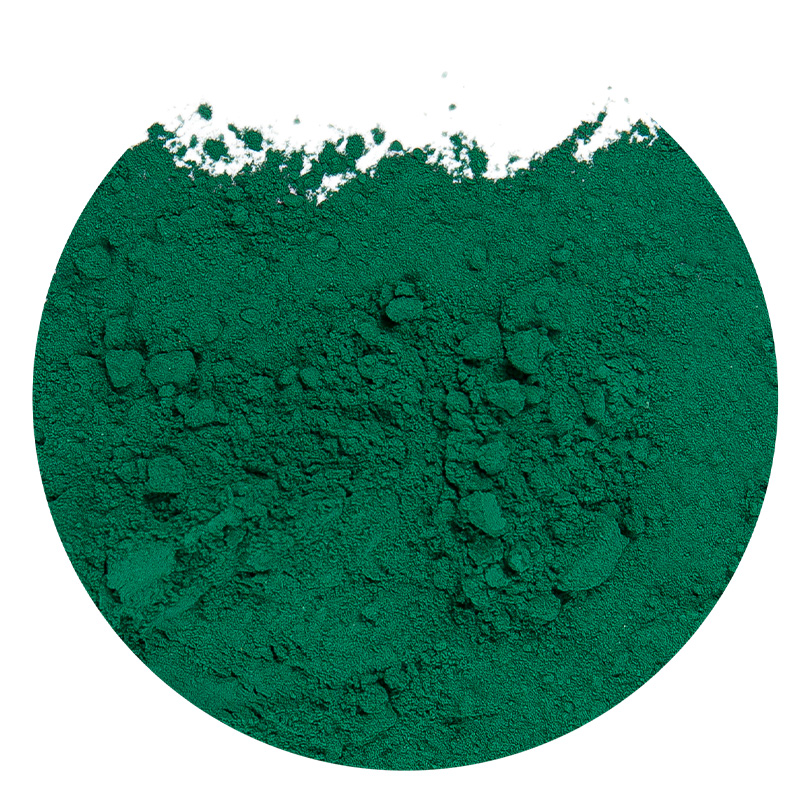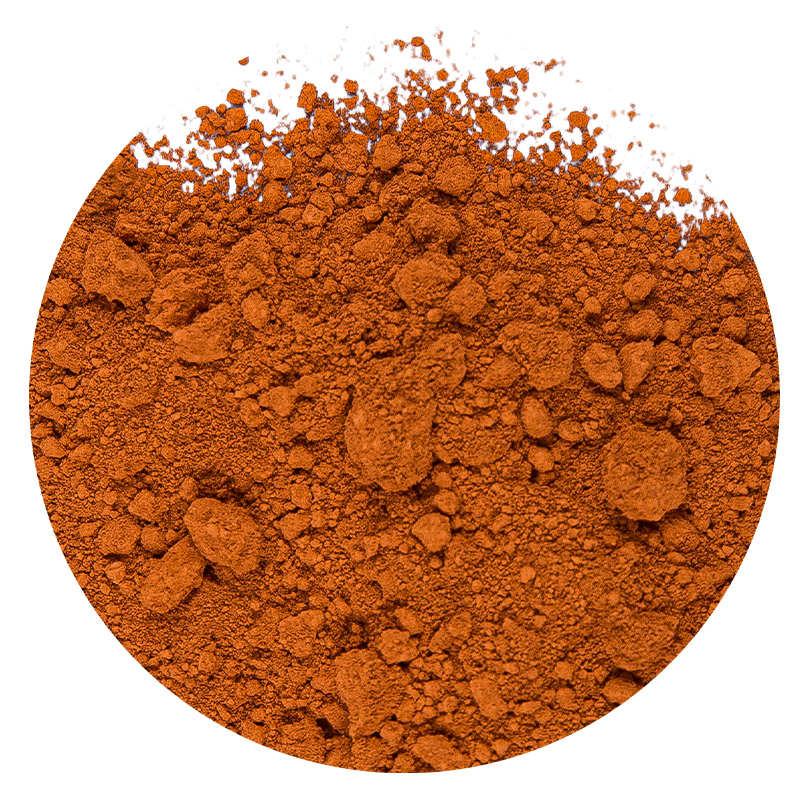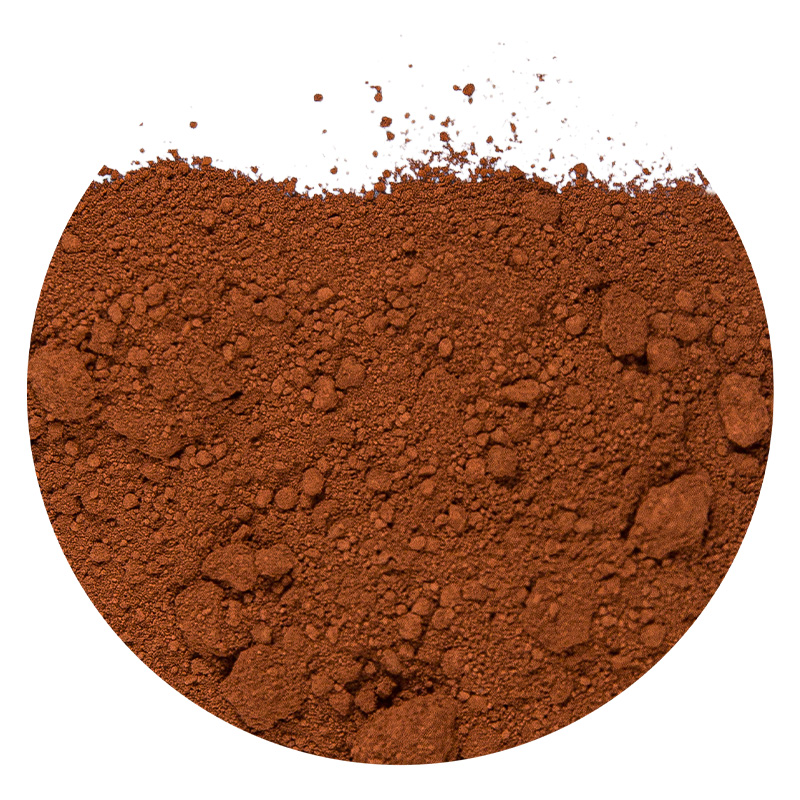Black Oxide Pigment Powder: A Comprehensive Guide
Black oxide pigment powder is a versatile and widely used coloring agent known for its deep, rich black hue and excellent stability. This comprehensive guide explores its properties, applications, and best practices, providing in-depth information for professionals and enthusiasts alike. Whether you're involved in industrial manufacturing, arts, or coatings, understanding this pigment can significantly enhance your projects.
What is Black Oxide Pigment Powder?
Black oxide pigment powder is primarily composed of iron oxide (Fe3O4), also known as magnetite. It is synthesized through controlled oxidation processes, resulting in a fine, dry powder that disperses easily in various mediums. Its key characteristics include high tinting strength, UV resistance, and chemical inertness, making it suitable for demanding environments. Unlike organic pigments, it does not fade easily when exposed to sunlight or harsh weather conditions.
- Composition: Iron oxide (Fe3O4) is the main component, providing magnetic properties in some grades.
- Particle Size: Ranges from submicron to several microns, affecting dispersion and color intensity.
- Opacity: Offers excellent hiding power, allowing for complete coverage even in thin layers.
- Heat Stability: Withstands high temperatures, making it ideal for applications like ceramic glazes and plastics molding.
Applications of Black Oxide Pigment Powder
The versatility of black oxide pigment powder allows it to be used across multiple industries. Its ability to integrate seamlessly into various matrices without losing integrity makes it a preferred choice for many applications. From construction to consumer goods, its impact is widespread and critical for product performance and aesthetics.
- Construction: Used in concrete, paving stones, and roofing tiles to provide a consistent black color that withstands environmental stress.
- Coatings and Paints: Employed in automotive finishes, industrial coatings, and anti-corrosive paints due to its durability and weather resistance.
- Plastics and Polymers: Incorporated into injection-molded parts, films, and packaging to achieve deep black shades without compromising material properties.
- Inks: Utilized in printing inks for textiles, packaging, and publications, offering sharp, long-lasting impressions.
Comparing Black Oxide with Other Black Pigments
When selecting a black pigment, it's essential to understand how black oxide pigment powder stacks up against alternatives like carbon black or black iron oxide (FeO). Each has distinct properties that make them suitable for specific uses. For instance, carbon black generally provides a jet-black color but may lack the UV stability of oxide-based pigments.
| Pigment Type | Main Component | Key Advantages | Common Applications |
| Black Oxide (Fe3O4) | Iron Oxide | Excellent UV resistance, chemical stability, magnetic properties | Coatings, construction, ceramics |
| Carbon Black | Carbon | High tinting strength, cost-effective | Tires, plastics, inks |
| Black Iron Oxide (FeO) | Iron Oxide | Good dispersion, non-magnetic | Paints, cosmetics, dyes |
How to Use Black Oxide Pigment in Concrete
Using black oxide pigment powder in concrete is a popular method to achieve durable, colored surfaces for driveways, floors, and decorative elements. The process involves careful proportioning and mixing to ensure even color distribution and long-term performance. Proper application can prevent issues like streaking or fading, which are common with improper use.
- Dosage: Typically, 1-5% by weight of cement is used, depending on the desired shade intensity.
- Mixing Procedure: Pre-mix the dry pigment with cement and aggregates before adding water to avoid clumping.
- Curing: Allow adequate curing time (e.g., 7-28 days) to develop full color and strength.
- Compatibility: Works well with integral color methods or surface broadcasting for varied effects.
Tips for Achieving Uniform Color in Concrete
Achieving a consistent black hue in concrete requires attention to detail in mixing and application. Variations in water content, cement type, or curing conditions can lead to color discrepancies. By following best practices, you can minimize these risks and produce professional-grade results.
- Use consistent materials: Stick to the same brand and type of cement, aggregates, and water across batches.
- Calibrate equipment: Ensure mixers and dispensers are clean and calibrated to avoid contamination or uneven distribution.
- Test small batches: Conduct trials with black oxide pigment for concrete to fine-tune ratios before full-scale projects.
- Monitor environmental factors: Temperature and humidity during pouring and curing can affect color development.
Black Oxide vs. Carbon Black: Which is Better?
The choice between black oxide pigment powder and carbon black depends on factors like application requirements, budget, and desired properties. While both provide black coloration, their chemical and physical differences make each better suited for specific scenarios. For example, carbon black is often more economical but may degrade under UV exposure faster than oxide pigments.
- Durability: Black oxide excels in outdoor applications due to its resistance to fading and weathering.
- Cost: Carbon black is generally cheaper, making it a go-to for high-volume, cost-sensitive products like rubber goods.
- Safety: Black oxide is non-toxic and safe for use in consumer products, whereas carbon black can contain impurities that require handling precautions.
- Compatibility: Black oxide disperses well in aqueous systems, while carbon black is better in oil-based formulations.
Application-Specific Recommendations
To decide between these pigments, consider the end-use environment and performance expectations. For instance, in plastics requiring UV stability, black oxide powder is superior, while carbon black might be preferred for deep black inks where cost is a primary concern.
| Application | Recommended Pigment | Reason |
| Outdoor Coatings | Black Oxide | Superior UV and weather resistance |
| Rubber Tires | Carbon Black | High strength and affordability |
| Decorative Concrete | Black Oxide | Color fastness and ease of integration |
| Consumer Plastics | Black Oxide | Non-toxicity and heat stability |
Buying Guide: How to Choose Quality Black Oxide Powder
Selecting high-quality black oxide pigment powder involves evaluating factors like purity, particle size, and manufacturer reputation. Inferior products can lead to poor dispersion, color shifts, or reduced longevity in final applications. By understanding key specifications, you can make informed decisions that align with your project needs.
- Purity: Look for pigments with high Fe3O4 content (e.g., above 95%) for consistent results.
- Particle Size Distribution: Opt for fine, uniform particles to ensure smooth dispersion and minimal agglomeration.
- Certifications: Check for ISO standards or industry-specific certifications that guarantee quality and safety.
- Supplier Reliability: Choose reputable suppliers with positive reviews and technical support for where to buy black oxide pigment queries.
Key Specifications to Review
When assessing product data sheets, focus on parameters that impact performance in your specific use case. For example, in coatings, oil absorption and pH levels are critical, while in plastics, thermal stability takes precedence.
- Oil Absorption: Indicates the amount of oil needed to form a paste, affecting viscosity in liquid systems.
- pH Value: Neutral pH (around 7) is ideal for most applications to avoid reactions with other components.
- Specific Gravity: Typically ranges from 4.5 to 5.0 g/cm³, influencing coverage and mixing ratios.
- Resistance Properties: Verify data on lightfastness, acid/alkali resistance, and heat tolerance.
Safety and Handling of Iron Oxide Pigments
While black oxide pigment powder is generally considered safe and non-toxic, proper handling is essential to minimize risks like inhalation or skin irritation. Following safety protocols ensures a healthy work environment and compliance with regulations such as OSHA or REACH. Always refer to the manufacturer's Safety Data Sheet (SDS) for specific guidance.
- Personal Protective Equipment (PPE): Use gloves, safety glasses, and dust masks during handling to prevent contact.
- Ventilation: Work in well-ventilated areas or use local exhaust systems to control airborne dust.
- Storage: Keep in sealed, labeled containers away from moisture, heat, and incompatible materials.
- Disposal: Dispose of waste according to local environmental regulations, as iron oxide is not classified as hazardous waste in most regions.
First Aid and Emergency Measures
In case of accidental exposure, quick and appropriate response can prevent complications. For instance, if pigment is inhaled, moving to fresh air and seeking medical advice is recommended, especially for individuals with respiratory conditions.
- Inhalation: Move to fresh air; if breathing is difficult, seek medical attention.
- Skin Contact: Wash thoroughly with soap and water; remove contaminated clothing.
- Eye Contact: Flush with water for at least 15 minutes and consult a physician if irritation persists.
- Ingestion: Rinse mouth and drink plenty of water; do not induce vomiting unless directed by medical personnel.
FAQ
What is the difference between black oxide and black iron oxide pigment?
Black oxide pigment typically refers to Fe3O4 (magnetite), which is magnetic and offers excellent UV stability. In contrast, black iron oxide is often FeO (wüstite) and may not have magnetic properties. Both are iron-based, but black oxide pigment powder is generally preferred for applications requiring durability and resistance, such as in coatings or construction materials.
Can black oxide pigment be used in food-grade applications?
No, standard black oxide pigment powder is not approved for food-grade applications due to potential contaminants and lack of certification. For products involving direct food contact, specific food-grade colorants must be used that meet regulatory standards like FDA approvals in the U.S.
How do I mix black oxide pigment for paint making?
To mix black oxide pigment for paint, start by dispersing the powder in a small amount of solvent or binder using a high-shear mixer to break up agglomerates. Gradually add the remaining components, and ensure proper wetting agents are included for uniform distribution. Test the mixture for consistency and color strength before full-scale production.
Is black oxide pigment conductive?
Yes, black oxide pigment powder based on Fe3O4 can exhibit electrical conductivity due to its iron content, making it useful in applications like conductive coatings or composites. However, conductivity levels vary with particle size and purity, so specific grades should be selected for electronic uses.
What is the shelf life of black oxide pigment powder?
When stored properly in a cool, dry place away from moisture and direct sunlight, black oxide pigment powder can have a shelf life of several years without significant degradation. Always check the manufacturer's recommendations and inspect for clumping or color change before use in critical applications.

 English
English عربى
عربى русский
русский Español
Español









